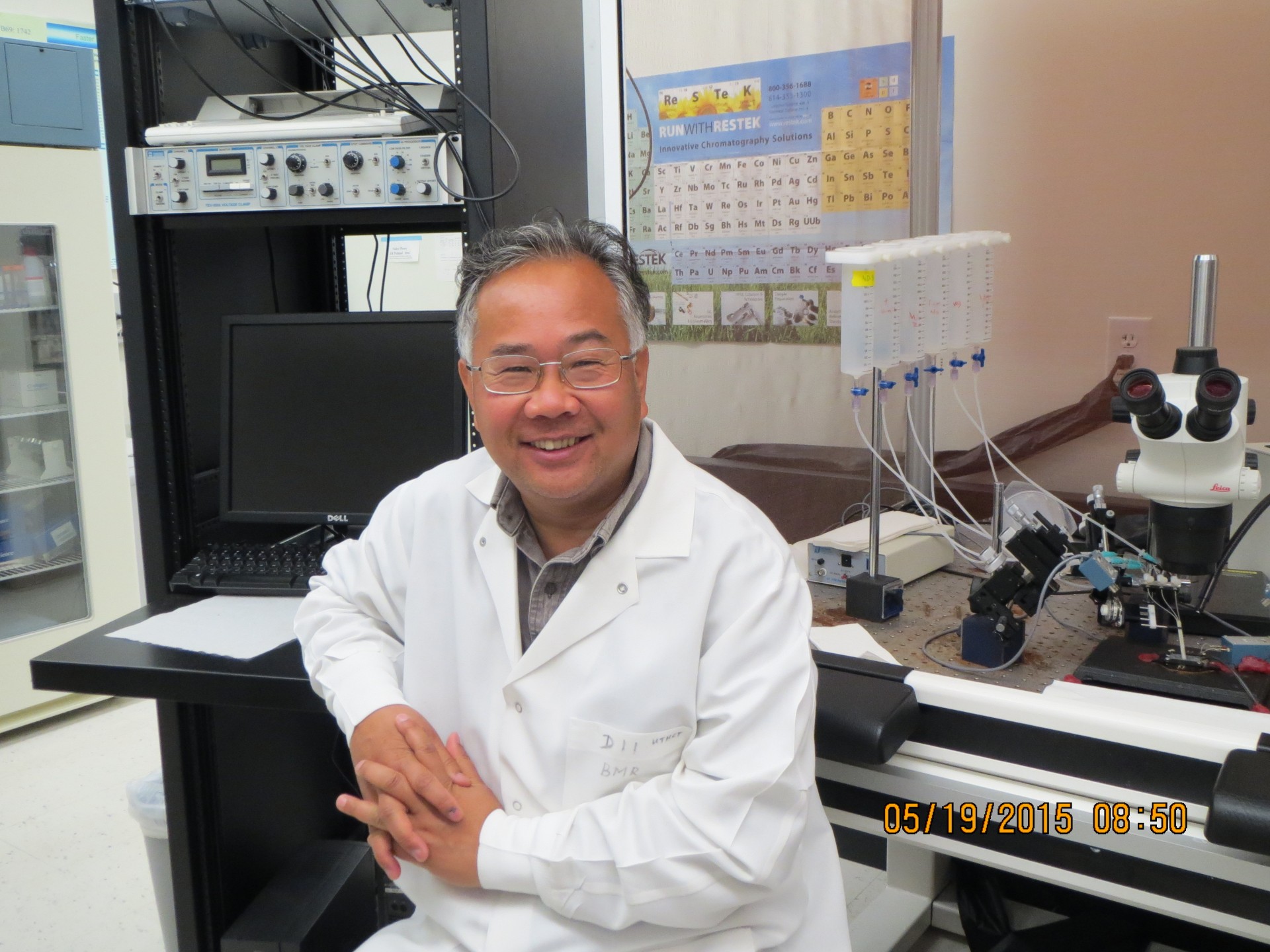Research Focus
The Ji Laboratory studies the molecular basis underlying acute respiratory distress syndrome (ARDS), sepsis, and lung sarcoidosis. Our research aims to study new phenotypes, endotypes, druggable targets, biomarkers, and predictive models that can benefit personalized medicine (precision medicine).
Our key research areas include:
- Clustering Endotypes for Subphenotypes: Applying cutting-edge techniques including metaproteomics, host trans-omics, and machine learning to identify endotypes and biomarkers.
- Modeling Pulmonary Critical Diseases: Develop predictive models to precisely predict the outcomes and treatment responses.
- Fibrinolytic System in Injured Lungs: Studying the critical role of fibrinolysis and lung epithelial proteins in COVID-19 and edema fluid resolution.
- Validation of Crucial Function of Diseased Genes: Examining how SFTPC and Wnt pathways affect alveolar epithelial cell fate in fibrotic lungs.
- Epithelial Sodium Channels in Lung Injury: Investigating the role of ENaC in the pathogenesis of lung edema using humanized SCNN1D knockin mouse models.


